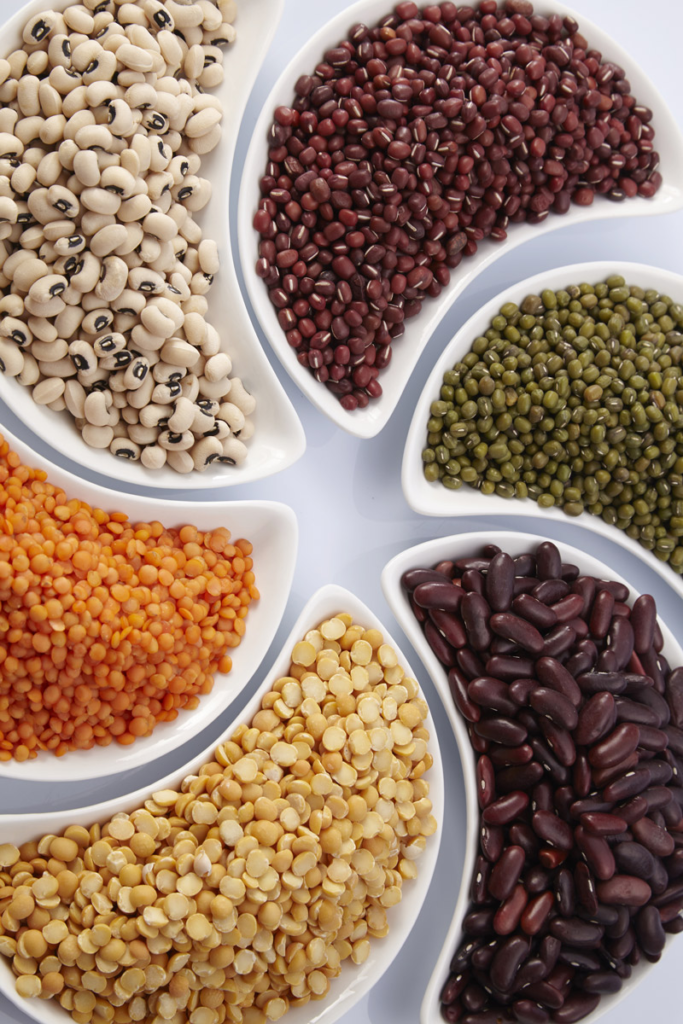Evidence Update: Impact of Aerobic and Resistance Exercise in Overweight Breast Cancer Survivors

Research supports the benefits of exercise to help improve physical function, reduce fatigue, improve overall well-being, and reduce the risk of recurrence during and after breast cancer treatment. Studies also indicate that being overweight or obese during and after breast cancer treatment can negatively impact treatment outcomes, physical functioning, and quality of life. A study completed by Dieli-Conwright, et al, was initiated to better understand the influence of physical activity on physical fitness, bone health, and emotional / social well-being during the early survivorship phase occurring 4-8 months after completing chemotherapy and/or radiation treatments. The study included 100 ethnically diverse female breast cancer survivors who reported being physically inactive and were either overweight or obese, https://phenadip.com. The women were randomized between an intervention group, which received a progressive prescribed exercise program that included 150 minutes of aerobic activity and 2-3 days of resistance exercise training each week and the control group of usual activity. The results of the study showed that the exercise group reported less depression, decreased fatigue, better muscular strength and slight increase in bone mass. These findings support the importance of early initiation of a supervised exercise program for women who have completed breast cancer treatment. Dieli-Conwright, CM , Courneya, KS, Demark-Wahnefried, W, Sami, N , Lee, K, Sweeney, FC, Stewart, C, Buchanan, TA, Spicer, D, Tripathy, D, Bernstein, L and Mortime, JE; Aerobic and resistance exercise improves physical fitness, bone health, and quality of life in overweight and obese breast cancer survivors: a randomized controlled trial. Breast Cancer Research (2018) 20:124.
Evidence Update: Suffering Can Lead to Positive Changes

Suffering Can Lead to Positive Changes The concept that suffering can be a source of positive personal change is referred to as Post Traumatic Growth (PTG). The first researchers, Richard Calhoun and Lawrence Tedeschi, more than two decades ago (Calhoun, L.G & Tedeschi R.G,1995) stated that two criteria must be met to satisfy their definition of post traumatic growth: 1) the individual must struggle with a life changing event; and 2) that struggle then leads to profound growth and change. A recent 2016 study titled “Post Traumatic Growth in Women Survivors of Breast Cancer” found that PTG was evident in varying forms through positive changes in the women’s perspective towards life, a better understanding of self, closer and warmer relationships, and richer spiritual dimensions of life. Study participants had an increased appreciation of living life in the present to the fullest capacity and in looking after one’s own negeds in making one’s self a priority while engaging in meaningful activities. The women in the study had an increased ability to empathize and shifting perspectives about the role of destiny. Some people may find, after enough time has passed, that living through or with cancer has helped them to make some positive changes in their lives. Barthakur, MS, Sharma, MP, Chaturvedi, SK, Manjunath, SK. Posttraumatic growth in women survivors of breast cancer. Indian J Palliat Care. 2016 Apr-Jun; 22(2): 157–162.
Evidence Update: Legumes’ Many Benefits

There is more to a LEGUME than meets the eye. Legumes also referred to as beans or pulses, are also known as “the poor man’s protein”. Known mostly for keeping our colon healthy, legumes offer an array of health benefits including cancer prevention. Legumes are an excellent and economical source of protein, iron, and folate and a substantial source of magnesium and potassium, not to mention phosphorous, zinc, and copper. Dry beans, split peas, and other legumes also contain a variety of phytochemicals. Scientists are studying the phytochemicals present in legumes for their anti-cancer effects. In laboratory studies, flavonoids found in legumes have slowed the development of cancers during several stages of development. Current research suggests that cell protection may come from both directly affecting cell growth and from antioxidant activity. More research is needed, but the studies are promising. Legumes provide 20% of your recommended daily allowance for fiber. Dietary fiber plays a role in lowering cancer risk by helping with weight control and keeping the colon healthy. Weight control is important in cancer prevention because research suggests that excess body fat can increase the risk of eight types of cancers and can increase the risk of recurrence in cancer survivors. Gut bacteria feed on fiber, which produces compounds that can protect colon cells, playing a role in keeping the colon cancer-free. Total dietary fiber intake should be 25 to 30 grams a day from food, not supplements preferably. Currently, dietary fiber intake among adults in the United States averages about 15 grams a day. Legumes are a fantastic way to help meet your recommended 25-30 grams per day. When increasing fiber in your diet, do so gradually and make sure you are drinking plenty of fluid to avoid constipation. Source: American Institute for Cancer Research
Patient Perspective: Jody

In January of 2015, I was diagnosed with breast cancer. I was fortunate in that my cancer was caught early, but there were still decisions to be made and treatments to be selected. With all the information and guidance I was given by my doctors during the diagnosis period, leading up to surgery, and post-op follow up visits with doctors, I had no information about what life would be like after breast cancer. More importantly, I had no idea how to get myself back to the active and independent woman I was prior to my diagnosis. About three months after finding out that I had breast cancer I was given the diagnosis of cording, and that is when I was referred to TurningPoint for physical therapy. With everything there was to worry about with a breast cancer diagnosis, it had never entered my mind that I could wind up with such a limited range of motion that it would negatively impact my life. At TurningPoint, the physical therapists have a comprehensive understanding of the issues that are specific to breast cancer, breast cancer surgeries, and breast cancer treatments. I left my first physical therapy session feeling relieved, encouraged, and confident that I could get back to functioning as I did prior to breast cancer. My physical therapist sent me home that first day with a stretching program that she revised weekly as my range of motion increased. Every therapy session made a positive impact on my condition, and I saw myself improving daily as I continued to work on my home program. Now that I am three and a half years cancer free, TurningPoint is still a big part of my life. My favorite thing about TurningPoint now is the Wednesday morning Pilates Class that I have been participating in for the past 3 years. Pilates has become the core of my personal wellness program. It is my one hour a week when I do something good for myself, led by an instructor who knows exactly what I need to focus on, with a group of women who have walked parallel journeys to mine. TurningPoint Pilates is exercise, therapy, compassion, and camaraderie. Our instructor tailors the class to breast cancer survivors, but she also advises, educates, and facilitates discussions, adding an educational component to our weekly class. At 60 years old, I am stronger, more flexible, and more knowledgeable about wellness than I have ever been. TurningPoint has been invaluable not only to my recovery, but to my maintaining a healthy lifestyle.










